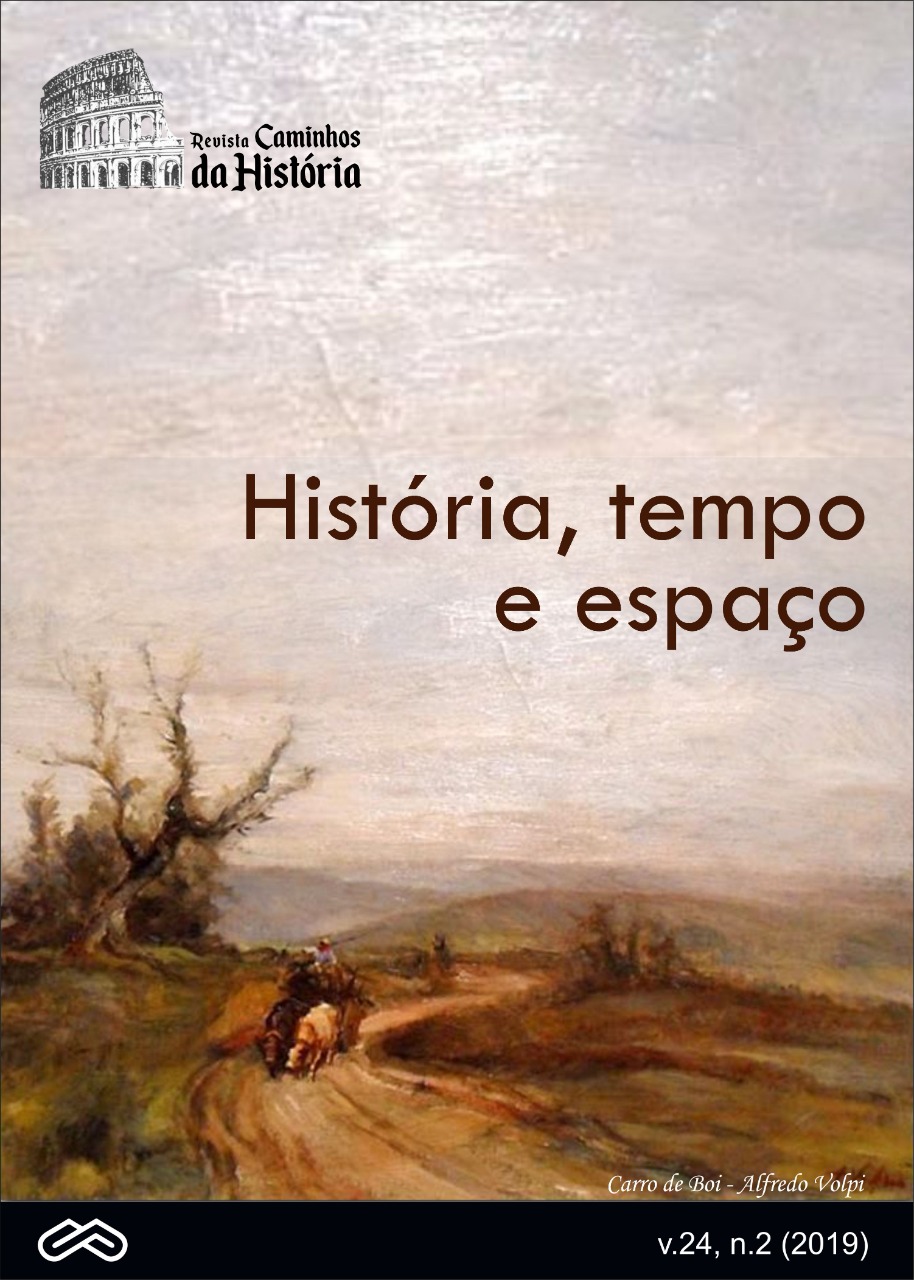On the margins of the hinterlands: the supply economy and small slave of the Macacu Valley - 18th century
On the margins of the hinterlands: the supply economy and small slave of the Macacu Valley - 18th century
Keywords:
Abastecimento, Sertões de Macacu, Século XVIII, Economia, Farinha de MandiocaAbstract
The economic profile relations in the Macacu Valley, in the 18th century, turned to a supply agriculture based on a small-slave structure, with no dominant agricultural activity for export, nor properties with many slaves as their model of labor use. This production structure even met the supply needs for the occupation, control and repopulation actions of the Sertões do Macacu, in the 18th century. The article seeks to present a partial picture of the production of foodstuffs in the surroundings of the Sertões do Macacu, made possible thanks to the presence of an economy aimed at supplying not only the parishes themselves, but also available for the sustenance of the social agents involved in the occupation of the hinterland.
Downloads
References
AMANTINO, Marcia Sueli, CARDOSO, Vinicius Maia. Múltiplas Alternativas: diversidade econômica da Vila de Santo Antonio de Sá de Macacu - Século XVIII. HEERA. Revista de História Econômica & Economia Regional Aplicada – Vol. 3 Nª 5, Jul-Dez 2008.
CARDOSO, Vinicius Maia. Fazenda do Colégio: Família, Fortuna e Escravismo no Vale do Macacu - Séculos XVIII e XIX. 01. ed. Rio de Janeiro: Livre Expressão Editora, 2012. v. 01. 355 p.
FARIA, Sheila de Castro. A Colônia em Movimento: Fortuna e Família no Cotidiano Colonial. Rio de Janeiro: Nova Fronteira, 1998. p.53.
LISBOA, Balthazar da Silva. Anais do Rio de Janeiro. Rio de Janeiro: Ed. Leitura, 1967 [1834-5].
MENESES, José Newton Coelho. O Continente Rústico: abastecimento alimentar nas Minas setecentistas. Diamantina, MG: Maria Fumaça, 2000.
PRADO JUNIOR, Caio. História econômica do Brasil. 38ª ed. São Paulo: Brasiliense, 1994.
RUSSELL-WOOD, A. J. R. (2009). Sulcando os mares: um historiador do império português enfrenta a "Atlantic History". História (São Paulo), 28(1), 2009.
SAMPAIO, Antônio Carlos Jucá de. Magé na crise do escravismo: sistema agrário e evolução econômica na produção de alimentos (1850/1888). Dissertação de Mestrado. Niterói: UFF,1994.
SILVA, Francisco Carlos Teixeira. A morfologia da escassez: crises de subsistência e política econômica no Brasil Colônia (Salvador e Rio de Janeiro, 1600-1790). Tese de doutoramento. Niterói, UFF, 1990.
THE BAY AND ENVIRONS OF RIO DE JANEIRO, 1908. Stanford's general map of the Federal District, showing railroads, major and minor, as well as those projected. Site Old and Historic Maps of Rio de Janeiro. Disponível em <http://www.brazilbrazil.com/riomaps.html> Acesso em: 20 novembro de 2008.




















